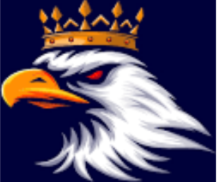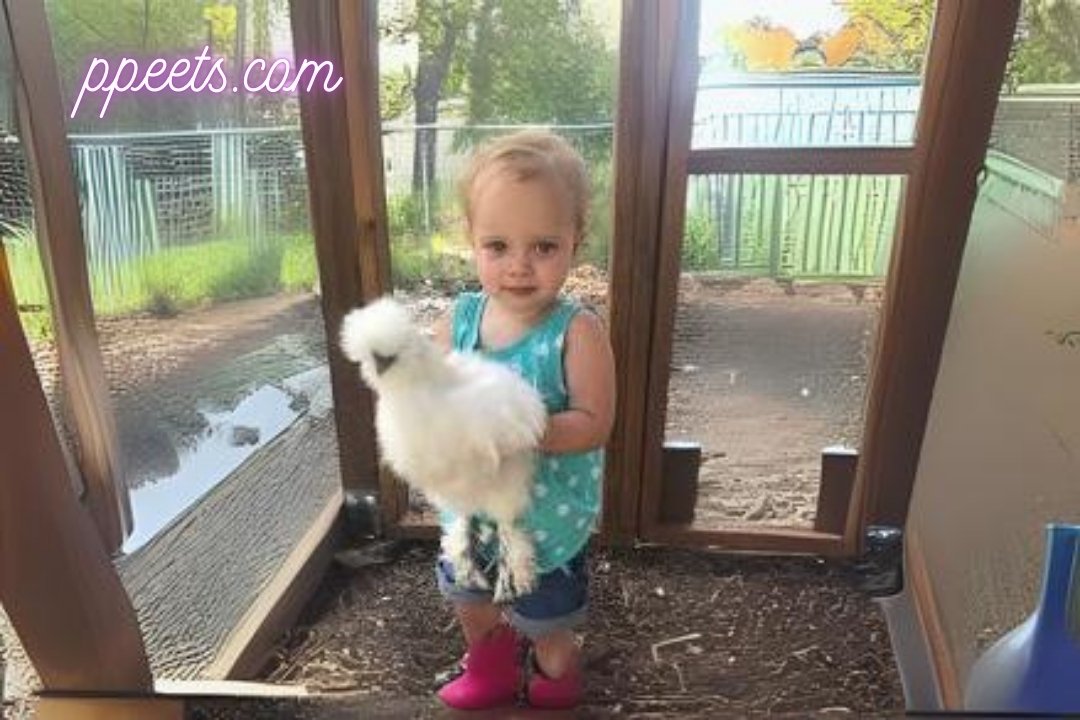Introduction to the Silkie Hen
The Silkie hen, with its cushioned plumage and delicate attitude, hangs out in the realm of poultry for its unmistakable appearance and entrancing attributes.
Starting from old China, Silkies have caught the hearts of poultry lovers around the world, for their stylish allure as well as for their charming characteristics and commitments to the poultry local area.

Beginnings and History
Silkies have a rich history that goes back more than 2,000 years to old China. Known for their unmistakable cushy quills that look like silk or fur, Silkies were at first valued as a delicacy in Chinese cooking and as fancy birds in the supreme courts. Their definite starting points are covered in secret, with different legends crediting their creation to legendary animals or help from above. No matter what their legendary starting points, Silkies ultimately advanced toward Europe and the Americas, where they acquired prominence for their one of a kind appearance and delicate demeanor.
The most striking element of the Silkie hen is without a doubt its delicate, fur-like plumes, which miss the mark on barbicels that give most bird feathers their smooth, smoothed out appearance. All things being equal, Silkies have feathers that look like down, causing them to seem fluffier and more adjusted than other chicken varieties. These quills come in different tones, including white, dark, blue, and buff, with some Silkies in any event, showing striking mixes or examples.
Past their plumage, Silkies are known for their particular actual qualities:
Skin and Bones Dissimilar to different chickens, Silkies have dark or dull blue skin and bones, which further add to their interesting appearance.
Turquoise Earlobes Another surprising component is their turquoise-shaded ear cartilage, which balance perfectly with their cushy white appearances.
Five Toes Most chickens have four toes, however Silkies have an extra toe because of a hereditary transformation, making them polydactyl.
Conduct and Disposition
Silkie hens are commended for their appearance as well as for their delicate and compliant nature. They are broadly great moms, frequently decided to incubate and raise chicks of different varieties because of their supporting impulses. Their quiet attitude makes them ideal for patio rushes and, surprisingly, helpful purposes, as their delicate plumes and cordial demeanor can be relieving to communicate with.
Notwithstanding their fragile appearance, Silkies are solid birds that can adjust to different environments. Notwithstanding, their soft quills require some exceptional consideration:
Insurance from Weather. Their plumes are not generally so water-safe as those of different chickens, so they need security from downpour and unreasonable dampness.
Perching and Nesting Give more than adequate perching space and low settling boxes, as Silkies are areas of strength for not and really like to remain nearby the ground.
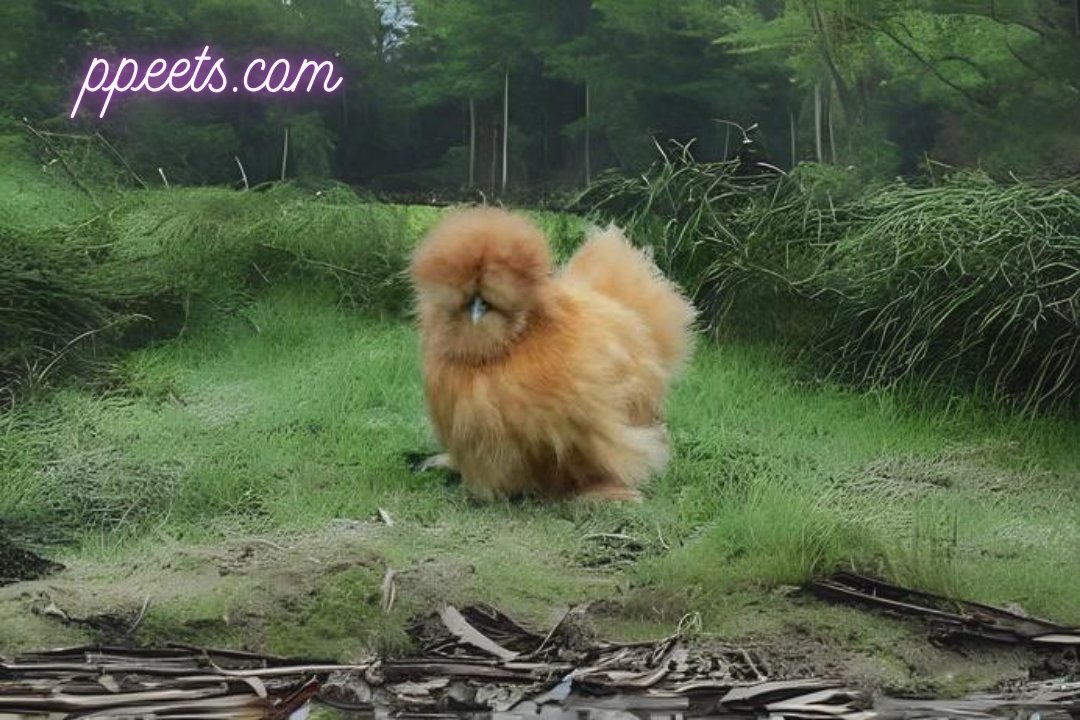
Silkies in Mainstream society and Fables
Silkie hens have left their imprint past the poultry yard, showing up in different social settings:
Fantasy and Legend In Chinese old stories, Silkies are frequently connected with propitious characteristics and are accepted to bring favorable luck.
Workmanship and Literature They have been portrayed in craftsmanship and writing around the world, representing excellence, immaculateness, and parenthood.
The Silkie hen is something beyond a chicken variety; it is a social symbol respected for its magnificence, delicate nature, and remarkable qualities. Whether you’re a poultry lover, a student of history, or essentially somebody inquisitive about these enthralling birds, the Silkie offers a brief look into the crossing point of nature, culture, and human creative mind.
All in all, the Silkie hen proceeds to captivate and rouse, helping us to remember the variety and marvel tracked down in the realm of poultry. Whether you’re thinking about adding Silkies to your terrace rush or essentially valuing their appeal from a far distance, their presence makes certain to have an enduring effect.
The Perplexing Silkie Hen
The Silkie hen, with its fleecy plumage and delicate attitude, hangs out in the realm of poultry for its unmistakable appearance and captivating qualities. Starting from old China, Silkies have caught the hearts of poultry fans around the world, for their tasteful allure as well as for their captivating characteristics and commitments to the poultry local area.
Silkies have a rich history that goes back north of 2,000 years to old China. Known for their particular cushy quills that look like silk or fur, Silkies were at first valued as a delicacy in Chinese food and as elaborate birds in the royal courts. Their definite starting points are covered in secret, with different legends crediting their creation to legendary animals or help from above. No matter what their legendary starting points, Silkies ultimately advanced toward Europe and the Americas, where they acquired prominence for their interesting appearance and delicate disposition.
Actual Attributes
The most striking component of the Silkie hen is without a doubt its delicate, fur-like plumes, which miss the mark on barbicels that give most bird feathers their smooth, smoothed out appearance. All things considered, Silkies have feathers that look like down, causing them to seem fluffier and more adjusted than other chicken varieties. These plumes come in different varieties, including white, dark, blue, and buff, with some Silkies in any event, showing striking mixes or examples.
Past their plumage, Silkies are known for their unmistakable actual characteristics:
Skin and Bones Dissimilar to different chickens, Silkies have dark or dull blue skin and bones, which further add to their remarkable appearance.
Turquoise Earlobes Another strange element is their turquoise-hued ear cartilage, which balance flawlessly with their cushioned white countenances.
Five Toes Most chickens have four toes, yet Silkies have an extra toe because of a hereditary change, making them polydactyl.
Conduct and Demeanor
Silkie hens are commended for their appearance as well as for their delicate and resigned nature. They are broadly great moms, frequently decided to incubate and raise chicks of different varieties because of their supporting impulses. Their quiet attitude makes them ideal for patio runs and, surprisingly, helpful purposes, as their delicate quills and cordial demeanor can be calming to interface with.
Notwithstanding their fragile appearance, Silkies are solid birds that can adjust to different environments. In any case, their cushy quills require some unique consideration:
Insurance from Weather Their quills are not so water-safe as those of different chickens, so they need security from downpour and inordinate dampness.
Perching and Nesting Give adequate perching space and low settling boxes, as Silkies are areas of strength for not and really like to remain nearby the ground.
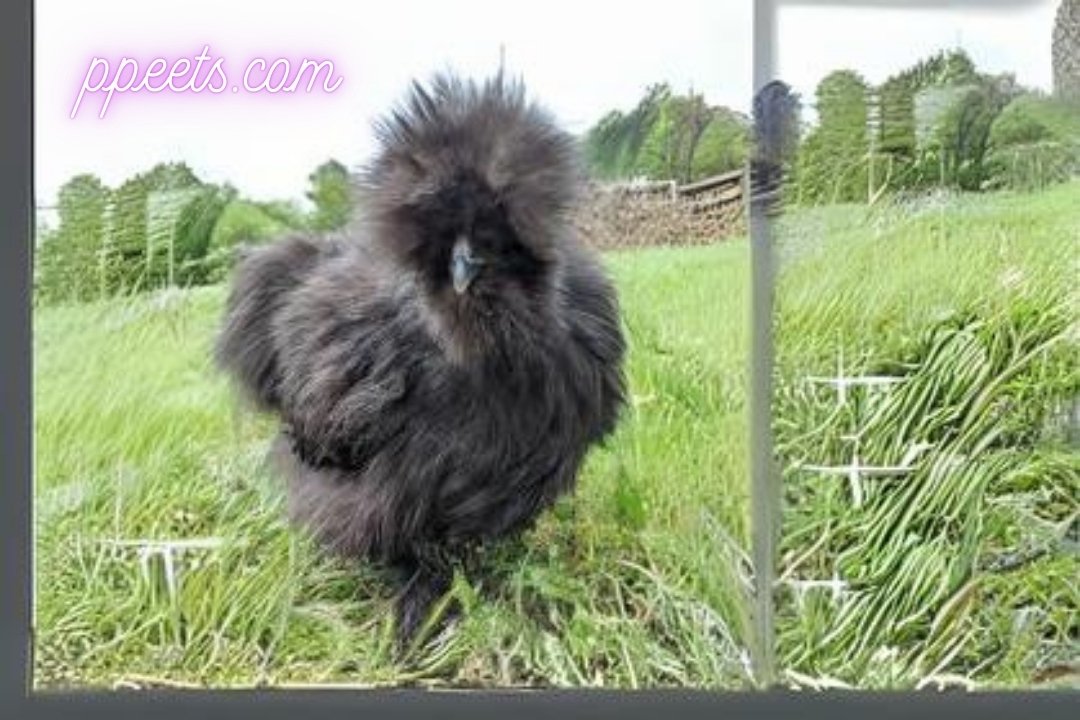
Silkies in Mainstream society and Legends
Silkie hens have left their imprint past the poultry yard, showing up in different social settings:
Fantasy and Legend In Chinese fables, Silkies are frequently connected with propitious characteristics and are accepted to bring favorable luck.
Workmanship and Literature They have been portrayed in craftsmanship and writing around the world, representing magnificence, virtue, and parenthood.
Keeping up with the wellbeing and prosperity of Silkies includes contemplations one of a kind to their variety:
Feather Maintenance Normal prepping might be important to forestall matting and keep their plumes in great shape.
Diet Giving a fair eating routine supplemental nutrients can assist with supporting their general wellbeing, including feather development and egg creation. Dust Bathing Silkies appreciate dust washing to keep their plumage spotless and liberated from parasites.
The Silkie hen is something other than a chicken variety; it is a social symbol venerated for its excellence, delicate nature, and novel qualities. Whether you’re a poultry fan, a history specialist, or essentially somebody inquisitive about these enrapturing birds, the Silkie offers a brief look into the crossing point of nature, culture, and human creative mind.
All in all, the Silkie hen proceeds to charm and motivate, helping us to remember the variety and marvel tracked down in the realm of poultry. Whether you’re thinking about adding Silkies to your lawn rush or just valuing their appeal from a remote place, their presence makes certain to have an enduring effect.
Reproducing and Hereditary qualities
Reproducing Silkies can be a compensating try, yet it requires cautious thought of their special hereditary qualities:
Silkie Genetics Silkies are perceived for their passive characteristics, including the fleecy plumage and polydactyl feet. Understanding these hereditary elements is significant for keeping up with breed principles and creating sound posterity.
Broodiness Silkies are prestigious for their broodiness and make great moms. This regular tendency to incubate eggs ought to be thought about while arranging rearing projects.
Variety Varieties Reproducers can choose from different variety assortments, each with its own hereditary contemplations and rearing techniques to accomplish wanted attributes.
Presentation and Shows
Silkie aficionados frequently partake in poultry presentations to exhibit their birds and vie for acknowledgment:
Show Standards Exhibitors stick to explicit variety norms set by poultry relationship to pass judgment on Silkies in view of rules like plumage quality, variety, and generally speaking compliance.
Passing judgment on Criteria Judges assess Silkies in view of their adherence to these principles, stressing attributes that characterize the variety’s exceptional appearance and demeanor.
Silkie Hen are well known decisions for metropolitan chicken keeping because of their reasonable size and delicate disposition:
City Ordinances Numerous metropolitan regions permit occupants to keep a set number of chickens, pursuing Silkies an ideal decision for little terrace rushes.
Commotion and Space Requirements Silkies are somewhat peaceful contrasted with other chicken varieties, making them reasonable for neighborhoods with clamor limitations. They likewise require less space than bigger varieties.
Maintainability and Local area Commitment
Raising Silkie Hen can add to economical practices and local area commitment:
Neighborhood Food Production Keeping terrace Silkies permits people to deliver their own eggs, advancing reasonable food practices and decreasing dependence on business sources.
Instructive Opportunities Silkies can act as instructive devices in schools and local area programs, showing members creature care, science, and maintainability.
Looking forward, Silkies keep on holding a unique spot in the realm of poultry:
Preservation Efforts Endeavors are in progress to save and advance Silkies as a particular variety, guaranteeing their hereditary variety and social importance for people in the future.
Crossbreeding and Innovation Reproducers investigate crossbreeding Silkies with different varieties to make new half breeds with extraordinary characteristics, extending the opportunities for poultry fans.
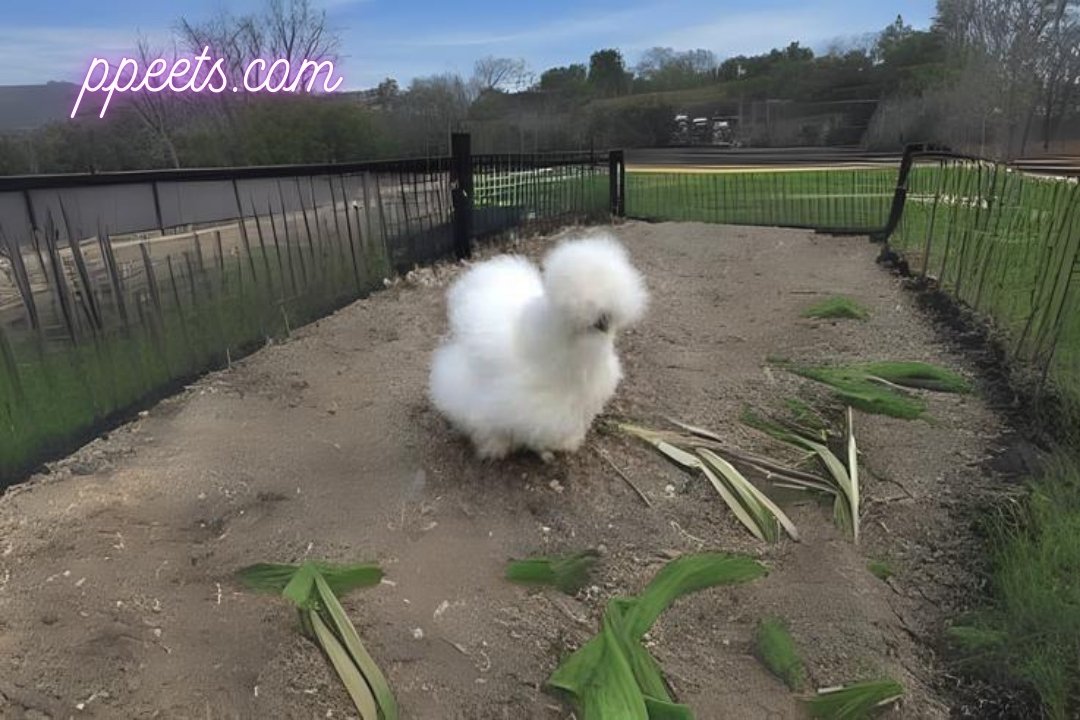
Conclution
The Silkie Hen stays a darling and interesting variety with a rich history and novel qualities that charm poultry devotees around the world. Whether appreciated for their cushy plumage, delicate personality, or social imagery, Silkies encapsulate the convergence of nature, culture, and human inventiveness. As we proceed to appreciate and steward this exceptional variety, Silkies make certain to have an enduring impact on the universe of poultry and then some.
